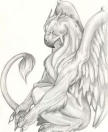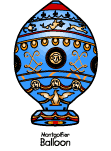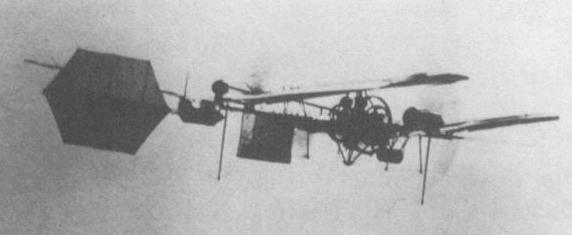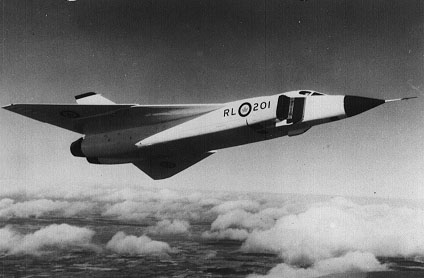Before 400 BC: Prior to 400 BC there were only legends and myths about flight. One such example was of Alexander the Great who supposedly put harnesses on 4 Griffins (mythical flying animals) and attached them to a basket. He then flew around his kingdom. Another example was that the mythical flying horse, Pegasus, was captured and ridden into battle to defeat a three-headed monster.
Around 400BC: It was around 400 BC that the Chinese invented the kite. The kites were very colourful and were used in religious ceremonies.
Late 1400’s: Leonardo da Vinci spent years researching the concept of flight. He experimented with air pressure and gravity and throughout his life had sketched and designed numerous flying machines. He designed The Ornithopter flying machine (mechanical flapping wings) but it was never built. You would fly like a bird.
Late 1700’s: The Montgolfier brothers were the first to invent the hot air balloon. The balloon (the bag) was made of cloth and was attached to a basket. A fire was built in the basket and both the smoke and hot air went into the bag causing the balloon to rise. It was thought at the time, that the smoke was responsible for the workings of the hot air balloon.
Late 1700 – mid 1800’s: A scientist by the name of Cayley designed a machine that could fly, the glider. He did a lot of work on wing shape, aerodynamics, a tail for stability. He was the first to discover the forces of flight and used the information when designing his gliders. He knew that if aircraft were to remain in the air for any length of time then they needed some sort of power.
Late 1800's: Otto Lilienthal, a German engineer continued developing gliders. His gliders could carry an adult and remain in the air for longer periods of time. He wrote a book on flight and it was his book that the Wright brothers used as a guide.
Samuel Langley, an astronomer and Octave Chanute a writer were two others during this time who were interested in flight. Langley designed a model aircraft that used fuel for power and was able to keep that model in the air for over a kilometre. Chanute took the information from previous scientists and inventors, analyzed the material and wrote the results in a book. This book was a valuable resource in the design and construction of airplanes.
Early 1900’s: The Wright Brothers, Orville and Wilbur, designed, constructed and flew the first successful powered aircraft. They worked on wing shape, balance, lift and drag, constantly testing, gathering data and retesting. They worked in Kitty Hawk, a small fishing town in N. Carolina. They needed a place with a lot of open space and strong winds. First, they worked with gliders, building and testing and rebuilding. Their 1902 glider proved to be the best and from that design the brothers were able to build the first true airplane. In 1903 the brothers made four short flights with their first powered aircraft.
In 1909, McCurdy made the first airplane flight in Canada in the Silver Dart.
Mid 1900's: The Canuck is one of 1,288 machines produced by Canadian Aeroplanes Ltd. of Toronto. Canada became a world leader in the manufacturing of jet fighters, The Arrow and jet airliners, The Avro. Charles Yeager, an American, broke the sound barrier at this time.
Flight in space was beginning to take off in the late 50's. The U.S.S.R. launched the first satellite, Sputnik. In 69 the Americans landed on the moon in the spacecraft, Apollo 11 which was soon followed by Pioneer 10. Pioneers mission was to gather scientific information and take pictures. Its mission ended in 1997, 25 years later. It is still thought to be out there somewhere billions of km away. The last transmission was in Jan. 2003.
Late 1900's - Early 2000's: In 1986 there was the Challenger accident, in which seven astronauts were killed within minutes after take off. The Hubble Space Telescope was set up in 1990, and the first Canadian woman astronaut, Roberta Bondar left earth in the shuttle Discovery in 1992. In 2000, three astronauts boarded the International Space Station to become the first space residents. In 2001, the Space Shuttle Endeavour delivered the Canadian arm, "Canadarm2" to the International Space Station, and in 2003 the Space Shuttle Columbia, disintegrated as it re-entered the Earth's atmosphere killing the seven astronauts. Just recently, in 2003, The Mars Exploration Rover Mission blasted for the red planet Mars. The first rover, named Spirit, left Kennedy Space Center in June and the second rover, Opportunity, was launched in July. They landed on Mars in January, 2004. There main purpose is to search for evidence that water existed at some point in time on the planet.







